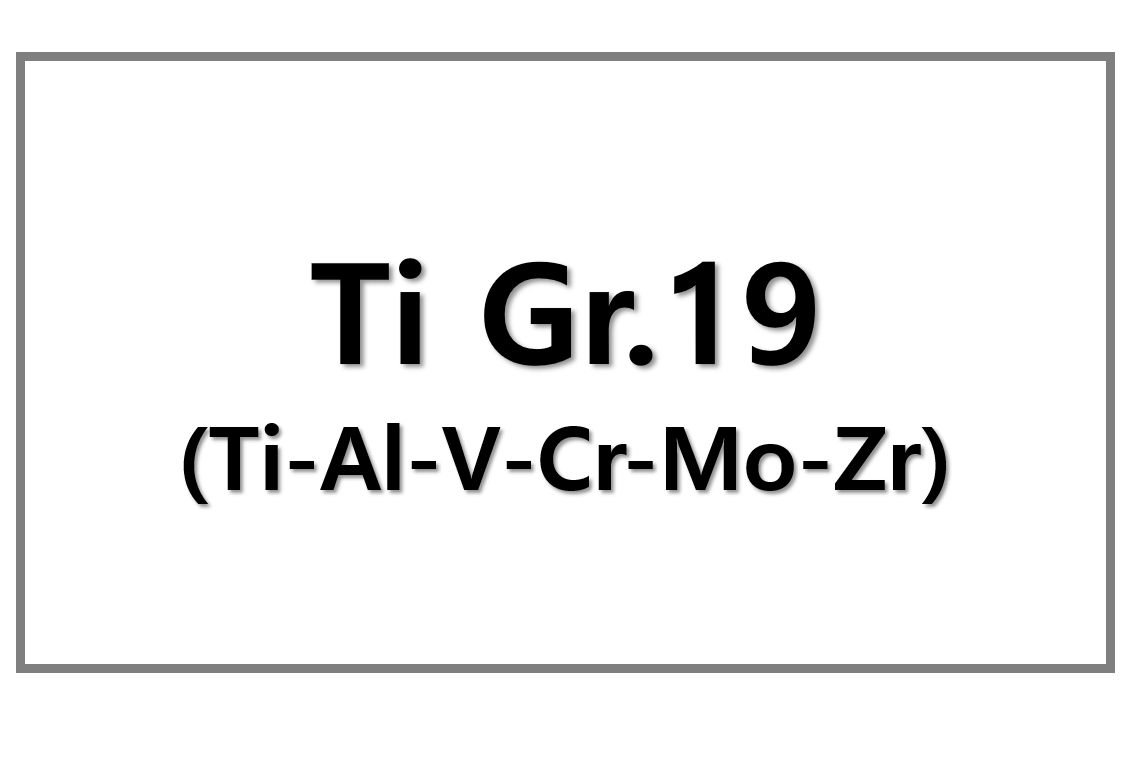
COP29 Deal: $300 Billion Climate Finance Agreement for Developing Countries
At the COP29 conference in Baku, wealthier nations agreed to provide $300 billion annually by 2035 to support developing countries in tackling climate change. This agreement is part of a broader effort to mobilize $1.3 trillion annually, a goal that nations such as India, Nigeria, and Malawi argue remains insufficient. Despite criticism, the deal was a crucial step forward, especially after negotiations nearly collapsed when developing countries protested the initially proposed amount.
Payment and Accountability: Ensuring Funds Are Delivered
The success of this commitment depends on consistent financial contributions from developed nations, international financial institutions, and private investors. Experts stress that ensuring timely and full delivery of these funds remains the biggest challenge. UN Climate Change Executive Secretary Simon Stiell described the new climate finance goal as an “insurance policy for humanity”, emphasizing the need for accountability in funding distribution.
Climate Finance Allocation: Adaptation and Clean Energy Transition
The funds pledged at COP29 will be allocated to climate adaptation and clean energy transition. Vulnerable regions, including Africa, Southeast Asia, and the Pacific Islands, will use these funds to build climate-resilient infrastructure and reduce dependence on fossil fuels. Investments will focus on renewable energy sources like solar, wind, and hydropower, aiming to mitigate climate impacts and cut global emissions.
Carbon Market Framework: A Key Achievement at COP29
One of COP29’s significant outcomes was the establishment of a global carbon market framework. This system allows nations to trade carbon credits, generated through reforestation and renewable energy projects in developing countries. The framework includes two types of markets:
-
Bilateral trading between nations (Article 6.2)
-
A global emissions reduction mechanism (Article 6.4)
According to Simon Stiell, these mechanisms will help countries meet emissions targets more cost-effectively while accelerating global climate action.
NDCs and the Path to Net Zero: A Key Milestone for Climate Action
All countries must submit updated Nationally Determined Contributions (NDCs) by February 2025, detailing their emissions reduction strategies. Discussions at COP29 emphasized the need for ambitious NDCs, with countries like the UK, Brazil, and the UAE praised for their climate goals. UN Secretary-General António Guterres urged G20 nations to lead the transition away from fossil fuels and ensure NDCs align with the global energy transition targets set at COP28.
COP30: Brazil’s Vision for the ‘COP of COPs’
Looking ahead to COP30 in Belem, Brazil (2025), Brazilian climate envoy Ana Toni stated that Brazil will advocate for a “just transition” away from fossil fuels. However, concerns remain over Brazil’s plans to expand domestic fossil fuel production. Brazilian Environment Minister Marina Silva described COP30 as the “COP of COPs,” emphasizing the need for decisive action to keep the 1.5°C global warming target within reach.











Leave a Reply
You must be logged in to post a comment.